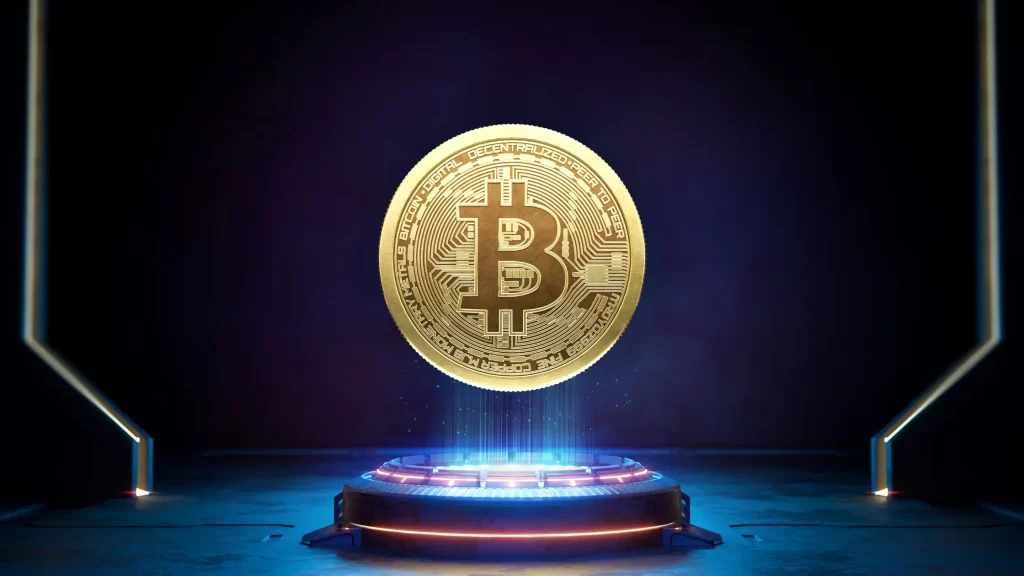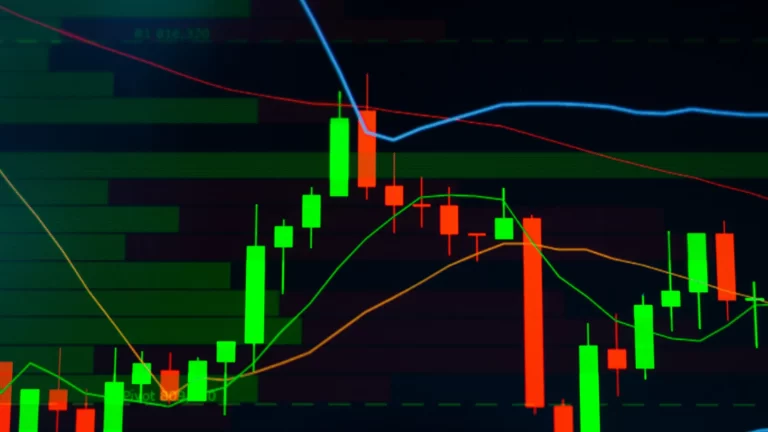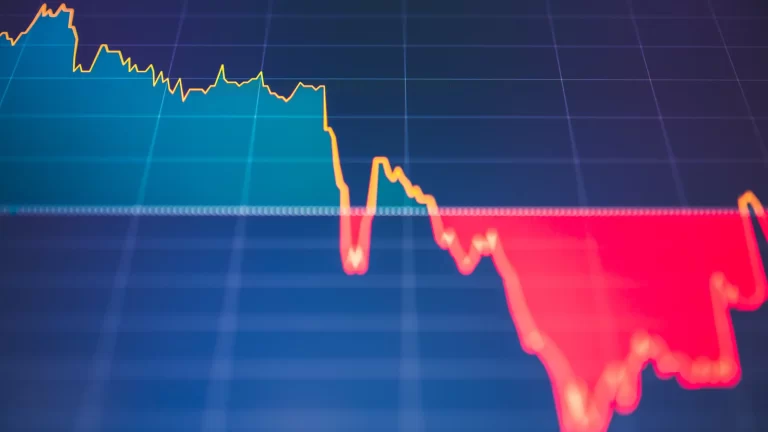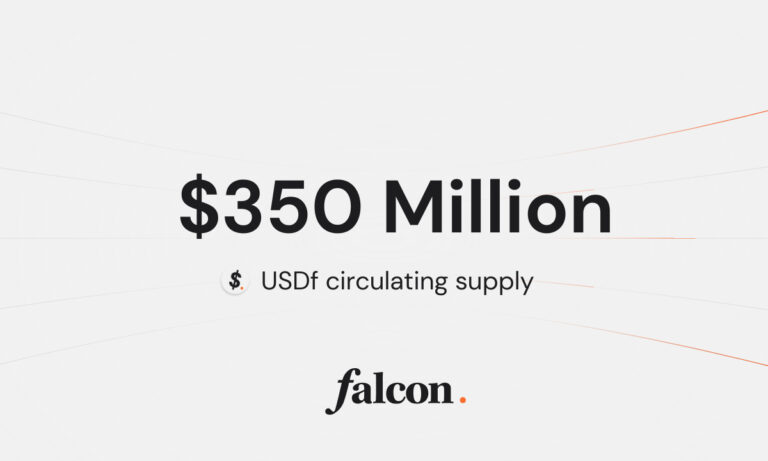The Secret to Bitcoin’s Survival

The world is shifting fast. We’re in a new political landscape, technology is charging ahead at breakneck speed, and investment opportunities are evolving in ways few saw coming. But if you strip away the noise, three forces are quietly shaping the future: energy density, computation, and network effects. They’re the foundation of everything from the industrial revolution to the AI boom we’re seeing today.
And guess what? Bitcoin sits right at the heart of all three.
The Evolution of Energy’s Role in Finance
Let’s talk about energy. Without it, nothing happens. Civilization didn’t explode in the 19th and 20th centuries by accident – it happened because we figured out how to tap into high-density energy sources like coal, oil, and eventually nuclear power. Energy fuels everything: food production, transportation, manufacturing, and now, increasingly, computation.
Bitcoin’s relationship with energy is often misunderstood. People say, “Bitcoin wastes energy,” but in reality, Bitcoin monetizes energy – especially energy that would otherwise be wasted. Think flared gas, stranded hydropower, or off-peak electricity from renewables. Unlike factories or cities that need energy in specific places, Bitcoin mining is location-agnostic. It just chases the cheapest, most efficient energy, helping stabilize grids and making previously uneconomical energy sources viable.
This isn’t just theory – it’s happening now. Countries and companies leveraging energy effectively will dominate. Those who kneecap their own energy sectors in the name of short-term policies? They’ll fall behind. And Bitcoin will keep thriving, because it follows the laws of physics and economics, not politics.
AI, Bitcoin, and the War for Processing Power
For most of human history, energy went into moving physical things – plowing fields, running machines, building cities. But now? A massive chunk of energy is going into computation.
AI is the biggest driver of this shift. We’ve spent decades creeping toward computers that can match and eventually surpass human brainpower. Now we’re there. AI is automating knowledge work, optimizing businesses, and rewriting how industries operate. And here’s where it gets interesting: Bitcoin and AI are running on the same fuel – high-density computation.
Bitcoin’s proof-of-work system is a pure computational arms race. It converts energy into digital scarcity, something humanity has never seen before. And as AI demands more processing power, energy, and advanced chips, Bitcoin will be competing for those same resources. But it also stands to benefit – AI-driven mining optimization, smarter market analytics, and AI-powered security improvements will all feed into Bitcoin’s growth.
Computation is the new industrial revolution, and Bitcoin is one of its first-born digital-native assets. It’s not just along for the ride – it’s helping define the landscape.
Why Bitcoin’s Network Effect Makes It Nearly Unstoppable
If you’ve ever tried switching from iMessage to another messaging app, or from Google to an obscure search engine, you know how powerful network effects are. The more people use something, the harder it is to displace.
Bitcoin has the strongest financial network effect on the planet. Every time a new investor, company, or country adopts Bitcoin, the entire network becomes stronger. The more liquidity, the more security. The more security, the more trust. The more trust, the more adoption. It’s a self-reinforcing cycle that’s nearly impossible to stop.
And here’s the kicker: network effects don’t just protect Bitcoin – they allow it to outcompete everything else. Every altcoin claiming to be a “better Bitcoin” has the same problem: it’s not Bitcoin. The first-mover advantage in money, like in technology, is nearly impossible to overcome.
The same goes for fiat currencies. The U.S. dollar remains dominant not because it’s the best money, but because of its liquidity and network effects. But Bitcoin is slowly eating into that dominance, offering an alternative financial network that governments can’t debase.
So, What Does This All Mean?
If you want to bet on the future, you follow the big waves – energy density, computation, and network effects.
Bitcoin is tied into all of them.
- It monetizes energy in ways no other asset does.
- It thrives on computation, securing a digital financial system through pure processing power.
- It benefits from unstoppable network effects, making it harder and harder to compete with.
Are there booms and busts? Of course. Even the strongest trends overshoot and correct. But Bitcoin, like AI, like high-density energy, is a structural force, not a passing trend. It’s been through multiple 75% crashes, and every time, it has come back stronger. That’s not a coincidence – that’s network effects in action.
Energy is getting more expensive. Computation is eating the world. AI is reshaping industries. And through all of this, Bitcoin keeps securing block after block, growing its base, and quietly embedding itself into the future of finance.
If you’re investing in the next decade, ask yourself:
- Are you betting against energy efficiency?
- Are you on the wrong side of computation?
- Are you fighting network effects?
If the answer is yes, rethink your position. Because history has already shown which side of the trade wins.




